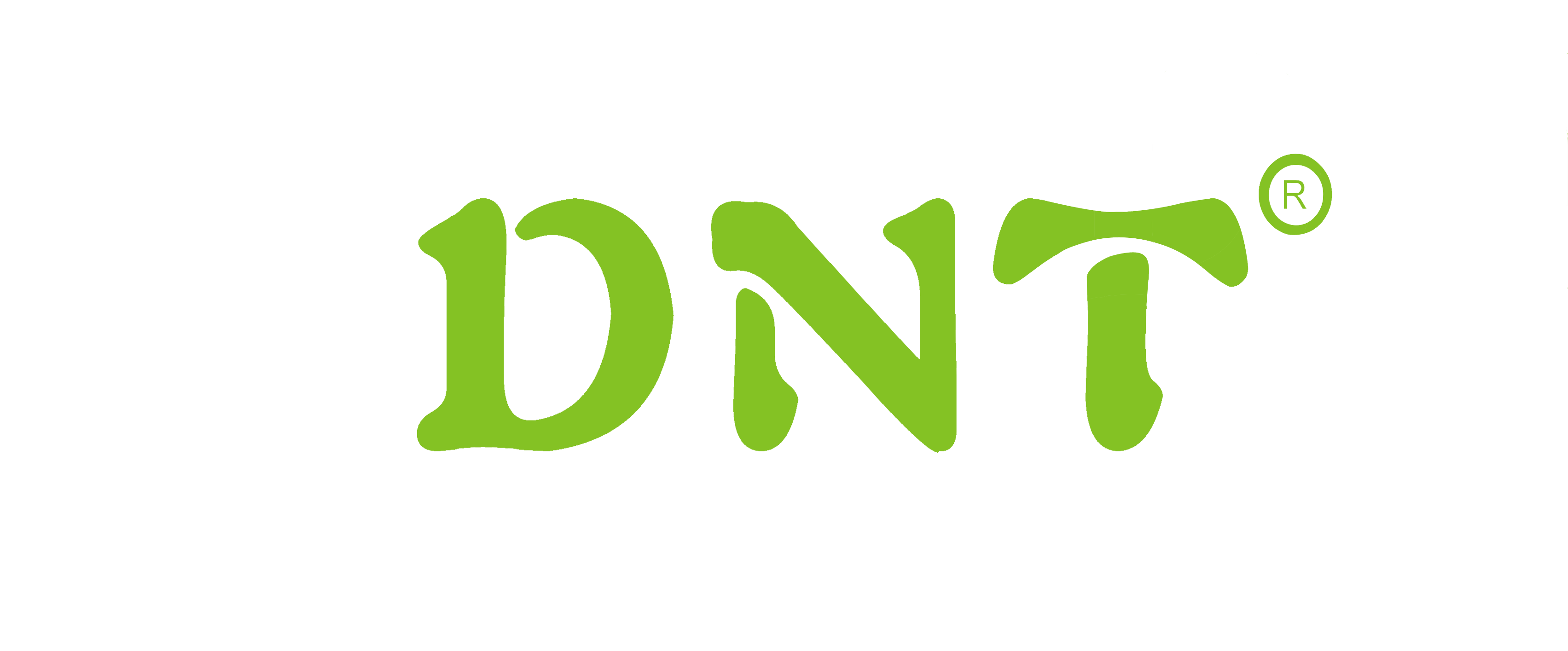
- Ningbo Dongning Tools Co.,Ltd
- Professional Chinese Tools manufacturer on automotive speciality tools,bearing puller&heavy truck tools
- Address
- No.6 Falan Rd,Hengjie Town,Ningbo City,Zhejiang,China
- Phone
- +86-574-87216625
- info@nbdntools.com
How to Adjust Your Engine Timing
There are two types of timing in an engine: cam timing and ignition timing. Cam timing is what determines when the valves open and close with respect to the position of the pistons in their bores. It cannot be adjusted on a stock engine. It is set when the engine is built, aligning them to manufacturer's specs. Cam timing is not connected with or affected by turning the distributor.
What distributors time is spark or ignition. At idle, your engine is turning relatively slowly, say 1000 revolutions per minute (rpm), so very little fuel and air are being drawn into the cylinders. This small amount of combustible mixture burns very quickly. For maximum efficiency, the spark needs to start when the piston is very near top dead center. If the spark comes too early (too advanced), the pressure from the ignited mixture will hit the piston while it is still coming up the cylinder and be wasted trying to shove the piston down before it reaches the top of its travel. If the timing is set too late, the pressure from the ignited mixture will dissipate as the flame front chases the piston down the cylinder bore. Here is how you properly adjust your engine (ignition) timing.
Note: If you're unfamiliar with the inner workings of your car, especially the engine, you may want to avoid doing this on your own.
Step 1 - Knowing What you Can Touch
There are several things that can be checked and altered to help adjust your engine timing, but you need to know what they are specifically. These things include adjusting the distributor nut, the timing pointer located above the crankshaft pulley, and the number one spark plug wire.
Step 2 - Get the Engine Warm
Turn the car on. Allow the engine to warm up until you see the temperature gauge reach about half way. Then, turn the engine off again.
Step 3 - Pull Out Your Manufacturer's Information
Locate your manufacturer's information for your car. Make sure that you thoroughly go through and understand your car's components before you attempt to adjust the ignition timing for your engine.
Step 4 - Check the TDC
Rotating the distributor is one of the ways you can effectively adjust your engine timing and the method we would advise.
To do this, first make sure you know how many cylinders are on your car. For example, if you have a six cylinder car, you will have six sparks. Then, take a look at the harmonic balancer. There are marks that show you how far it is from TDC (top dead center). Adjusting the timing means making sure the pistons fire appropriately to the TDC position (not too far before, not after, not too close).
Step 5 - Hook-up Timing Light
First, loosen the distributor by loosening the bolt, and then hook up a timing light to the number one cylinder. Start engine. With the strobe on, point it to the harmonic balancer and look for the mark that indicates number of degrees BTDC as specified in manufacturer's specifications.
Step 6 - Rotate
Rotate the distributor until it aligns with the correct number of degrees mark. Once aligned, tighten the distributor again. Double-check your timing before you fully tighten it in place.
If you've done everything correctly, your engine timing should now be spot on.